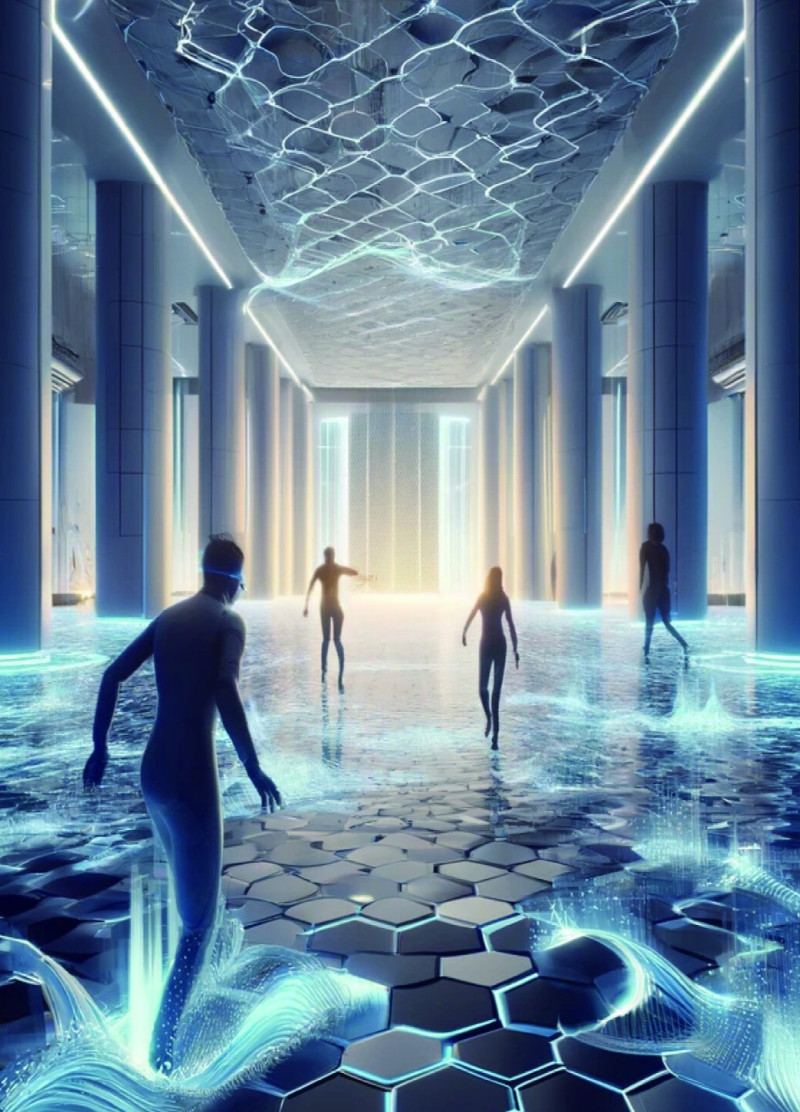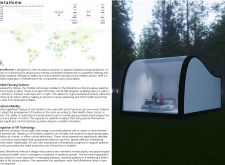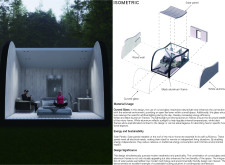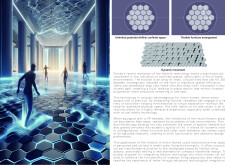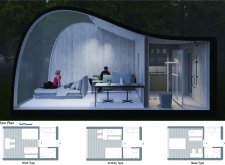5 key facts about this project
## Overview
The MetaHome project is situated within the context of pandemic-driven isolation, specifically designed to address the needs of individuals in quarantine environments. The intent is to diminish both physical and psychological constraints while promoting health and well-being during extended periods of confinement. This architectural approach combines multifunctional design elements to enhance the user experience and improve the quality of life in such settings.
## Spatial Strategy
Central to the design is the Holotile Flooring System, which consists of circular tiles that tilt in various directions to facilitate movement within a compact space. This innovation encourages physical activity, helping to mitigate issues such as muscle atrophy that can occur during prolonged isolation. Additionally, the adaptable furniture arrangements allow residents to customize their living environment to suit their health requirements and personal preferences, fostering a sense of agency over their surroundings.
## Materiality and Sustainability
A diverse range of materials has been selected to balance aesthetics with functionality and sustainability. Curved glass is employed throughout the façade to maximize natural light, while wood sourced from sustainable resources adds warmth and comfort to the interior. Aluminum frames, both black and white, enhance structural integrity and contribute to energy efficiency by regulating indoor temperatures. Solar panels on the roof promote energy independence, underlining the project’s commitment to environmental responsibility. These material choices collectively reinforce the project's overarching goal of creating a supportive living environment for individuals in quarantine settings.


